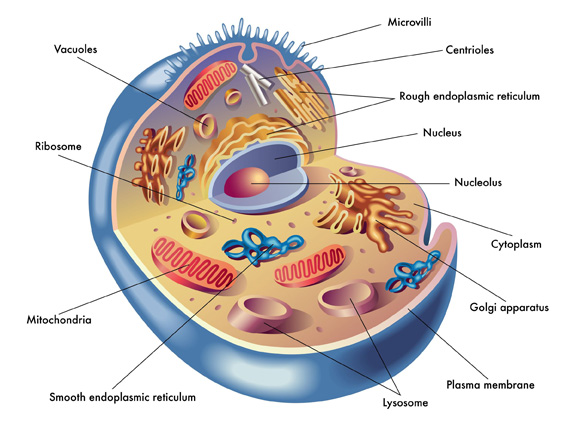1) the fact that the result in life extension is better in the beta lapachone group than the CR group, is what is really impressive.
2) which study do you use to say BL increase ROS production please ? Are you sure its not in a cancer cell line only ?
3) about the metabolic sacrifice part, im not sure to follow you...
4) For the "glycine therapy", why you want to feed us with extra dosage while the food already contains enough ? Maybe not enough but still why do not rather: control / regulate the two genes involved with the production of glycine (CGAT and SHMT2)
I just had some oral surgery and I'm not 100% with the pain killers but here are my thoughts.
#1 yes I agree it was very impressive and and the β-lapachone group lived longer.
#2 yes I was looking at the cancer data.
#3 I will have to go back an look at the data again, here is why. I was reading a study that clearly stated it was a PARP inhibitor. "DNA damage and cytotoxicity induced by beta-lapachone: relation to poly(ADP-ribose) polymerase inhibition." and another article suggesting "excessive poly(ADP-ribose) polymerase (PARP) activation and subsequent depletion of intracellular NAD(+) and ATP were seen in beta-lapachone-treated U2-OS cells." Clearly we can't have it both ways. Inhibitor and/or excessive activator.
The best explanation I've uncovered on the β-lapachone mechanisms of action comes from cancer studies, like in this link. "The selective necrotic cell death in cancer cells following PARP1 activation induced by β-lapachone may involve a difference in either the magnitude of, or the response to PARP1 activation. Our preliminary data suggest that β-lapachone can activate PARP1 in normal cells, albeit to a lesser degree (Li W et al., unpublished data). Yet no necrotic cell death is induced in normal cells in the absence of unrepairable or lethal DNA damage. We hypothesize that cancer cells or cells with unrepairable DNA damage may be hypersensitive to PARP activation, leading to apoptotic or necrotic cell death."
So again as to #3, since I see studies at adds with each other maybe we have a selective situation. If it is a PARP inhibitor this would help raise NAD levels in heathy tissue. This would be a sacrifice to normal PARP activity. In cancer cells it appears to accelerate PARP activation leading to depleted NAD levels and cell death. In the longevity mouse study they attribute the life extension benefits to increased NQO1 gene expression and increasing NAD+/NADH ratio.
I still come back to my original statement "how these metabolic states are reached gives me reason for pause."
Since I can't fairly determine if my earlier β-lapachone assessments were correct because the data points both ways, I'm going to a neutral corner and wait this one out. It looks like a selective cancer tool, that much I'm pretty convinced of because of multiple studies spanning over 10-years. As far as a longevity tool I'm going to wait for more than one study because it appears to be a powerful PARP modifier. With a 17% increase in lifespan it should have reverberated thru the scientific community and with a publication date of October 11, 2012 we should have seen this life-extension aspect of β-lapachone revisited in a follow-up study by now to confirm the findings and mechanisms of action.
#4 yes I think a (CGAT and SHMT2) epigenetic modifier would be the most desirable path. There is no mention of CGAT and SHMT2 in the sirtuin activators this is new territory. So a pathway to modify these genes hasn't been identified yet. However since measurable glucose results have been obtained thru Glycine supplementation this might be a viable path until a CGAT and SHMT2 modifier is found. I think this deserves further consideration to supplement our mitochondrial functionality. Its cheap, appears to be safe which is a priority and as I mentioned I'd like to see follow up studies to confirm Professor Hayashi's results.
Now this recent interest in oxaloacetate by resveratrol_guy after we found the patent application has me thinking.
ACTIVATION OF AMP-PROTEIN ACTIVATED KINASE BY OXALOACETATE COMPOUNDS
So what about safety, absorption and availability. If we can shift the NAD+/NADH ratio this would be of benefit to add to our NAD boosting. Tip of the hat to resveratrol_guy for the Alan Cash oxaloacetate video.
Edited by Bryan_S, 10 September 2015 - 02:19 AM.
































 This topic is locked
This topic is locked




















